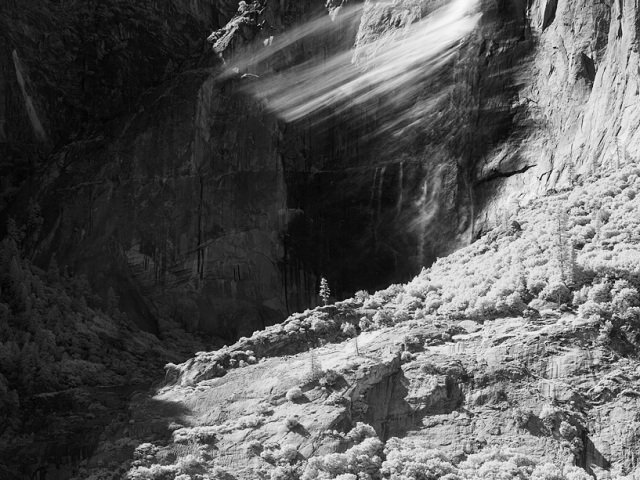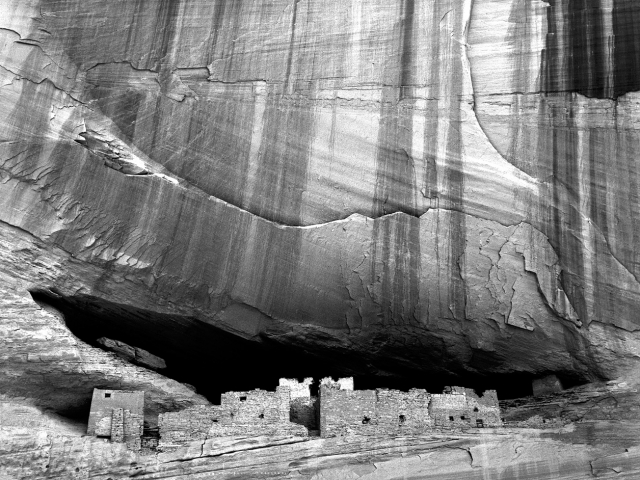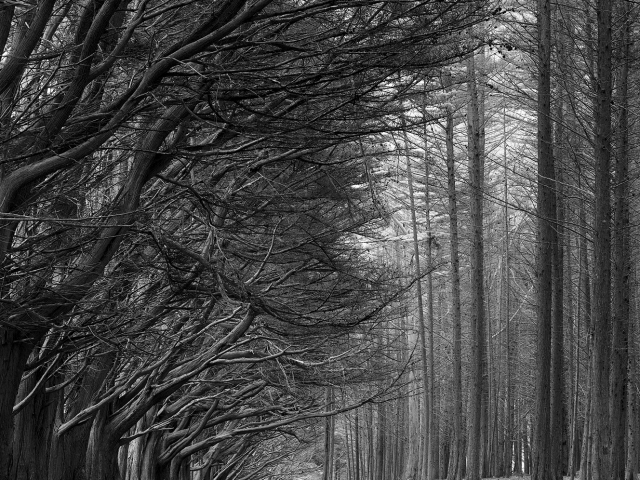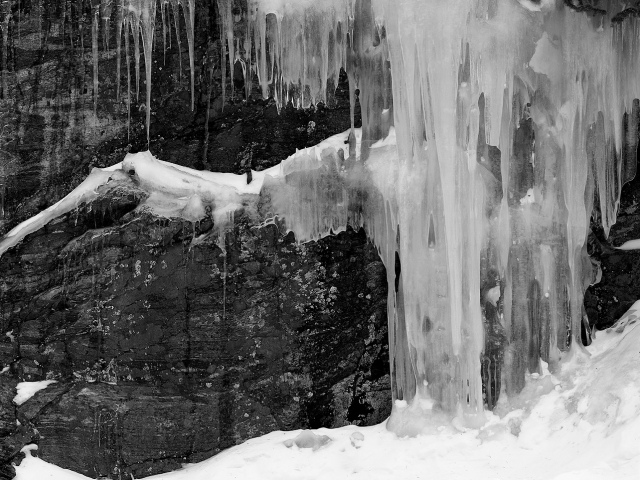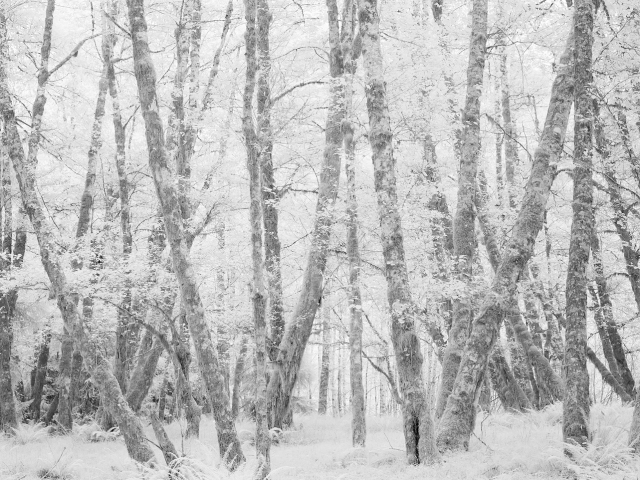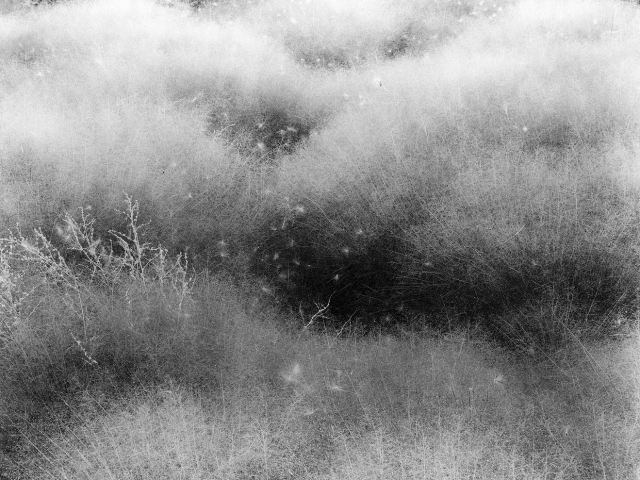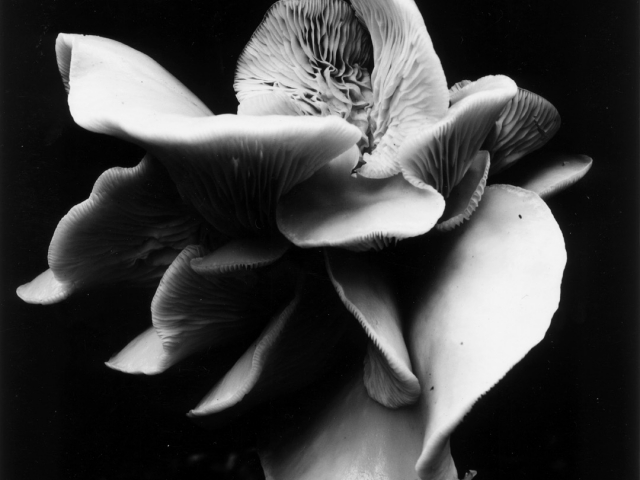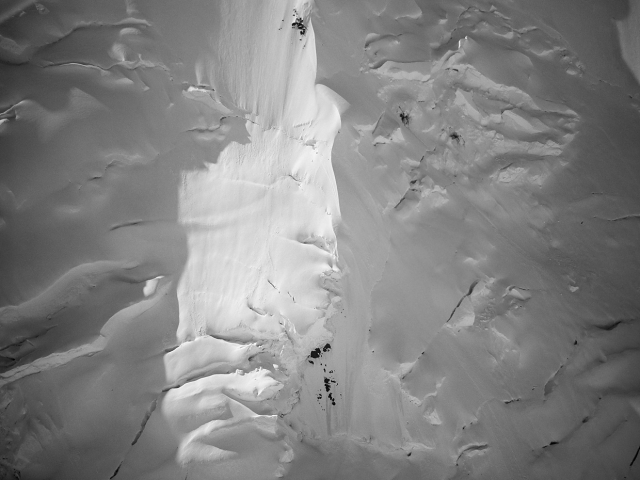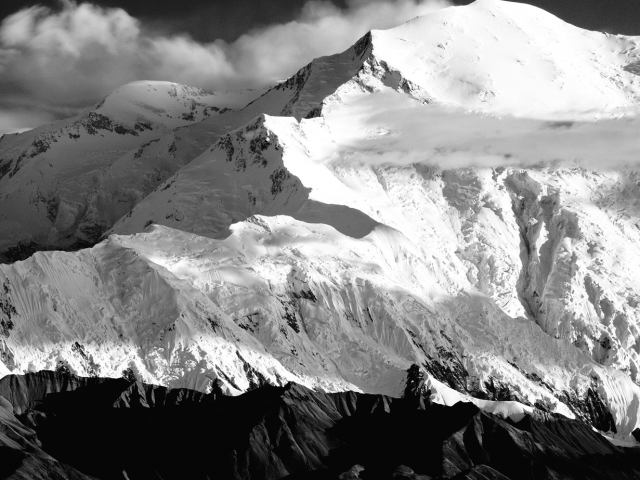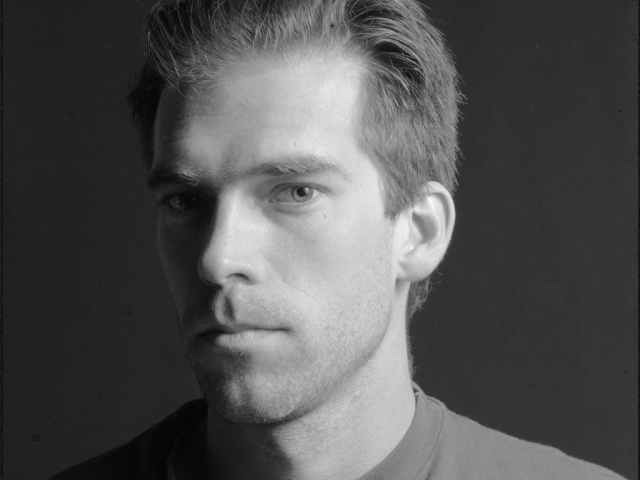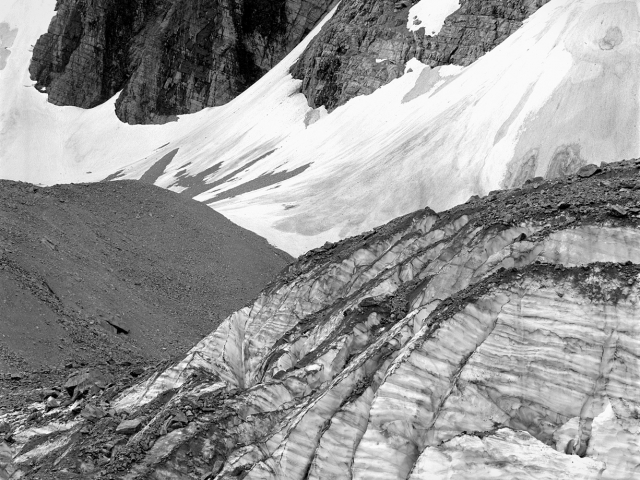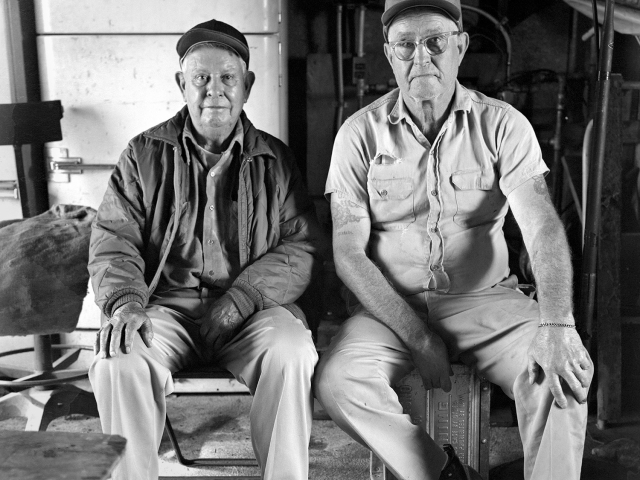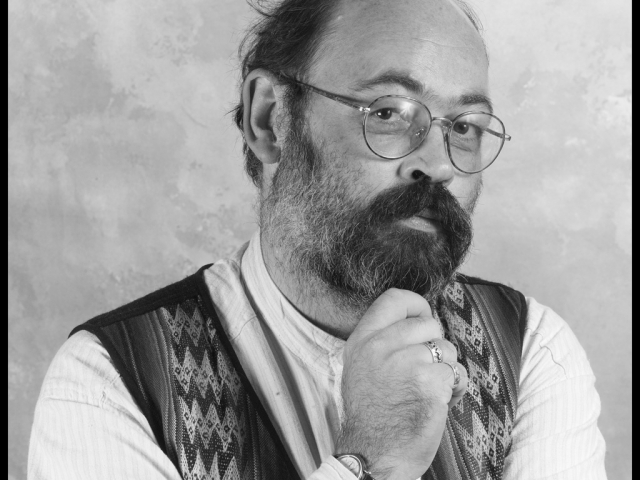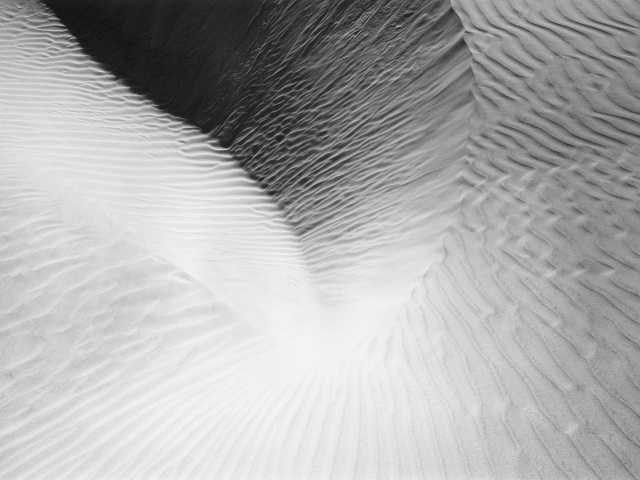Stephen Johnson

About
Stephen Johnson (www.sjphoto.com) is a landscape photographer, author, designer and educator. He has been photographing since 1973. His work has been featured in Communication Arts, Life Magazine, American Photo, Outdoor Photographer, PBS Newshour and ABC Discovery News, among many others. His books include At Mono Lake, the award winning and critically acclaimed The Great Central Valley: California’s Heartland, Making a Digital Book and the new Stephen Johnson on Digital Photography. Internationally recognized as a digital photography pioneer, Johnson’s photographs have been exhibited, published and collected in the United States, Europe, Mexico and Japan. His work has concentrated on large environmentally sensitive photograph projects, including the NEA funded and Congressionally honored At Mono Lake, and the award winning Great Central Valley Project. In 1994 he embarked on With A New Eye, the ground breaking all digital photographic look at American national parks. Apple Computer recognized Steve in 1997 with a ColorSync “Profiling Excellence” Award. In 1999, Folio Magazine declared the publication of Johnson’s digital photographs in Life magazine to be one of the “Top 15 Critical Events” in magazine publishing in the twentieth century. In 2003 he was inducted into the Photoshop Hall of Fame. Canon named Steve as one of their “Explorers of Light” in 2006 and sponsors speaking engagements with him around the country. In 2007 X-Rite named Stephen as a founding member of their exclusive Coloratti group of photographers and educators honored for their skills in color management. Stephen is well known for his passionate lectures and deep love for the traditions of fine photography. His photography Studios, Galleries and Education Center are located in Pacifica, California.
Gallery
LACP Interviews Stephen Johnson
LACP asks Stephen Johnson ten questions about his background, career in and beliefs about photography.
Los Angeles Center of Photography: What kind of photographer are you?
Stephen Johnson: I’m primarily a landscape photographer but I have to say that I’m interested in anything I see that moves me emotionally, where I see beauty, where I react emotionally, where I see the most curious things, those circumstances make me want to share what I’ve seen. So I suppose as a photographer I am a sharer of my appreciation of the sacred planet. That is also probably why I care so much about a realistic representation of this world because it is that real world that is inspiring me, that makes me want to make a photograph, that I want to look like what I’ve seen.? That is particularly true in color, less so in black-and-white, which is less about the human visual experience than that monochromatic interpretation of what was seen.
LACP: How long have you been shooting?
SJ: I’ve been making photographs since about 1973 became ever more serious in 74 and 75. I decided to major in photography at college in 1975.
LACP: Where did you get your training?
SJ: I suppose that the first training were junior college classes were I initially started out as an audiovisual lab assistant while still taking photography classes at the same time. I was then hired as a photo lab assistant and then ended up helping to design the new photo lab within about six months. So the formal training began in junior-college but then soon expanded to workshops with the University of California at Santa Cruz Extension, where I took extension classes with the Ted Orland, Al Weber and Ralph Putzker. Photography then became so central to my career intentions that I decided to transfer for my four year degree to San Francisco State University for both BA and my masters degree. I have also benefited greatly from many people whose work I admire that have decided to help me with my projects, Ansel Adams helped me a great deal with my At Mono Lake project as did the great environmentalist David Brower at Friends of the Earth.
It is also true that I learned so much by being at the forefront of the transition to digital imaging. I learned from the people that were developing the technology by working with them and consulting on the very technology? and materials that we now use today. Sometimes I am amazed that I get to photograph with cameras I helped develop, make prints on printers I helped develop, print on paper I did design, using software I’ve been consulting on the development of, like Photoshop. It’s been a real privilege.
LACP: When did you know you wanted to devote your life to photography?
SJ: I don’t know that I’ve devoted my life to photography, but I have devoted my career to it. I have always been involved in humanitarian and environmental causes as part of my life’s work and I’ve been deeply involved in music as well. I suppose it was that transition from junior college, deciding to major in photography and having my first exhibit in 1975 that became the pivot point in my own evolution where it became clear I was devoting my career to being a photographer.
LACP: Did you ever come close to giving up?
SJ: I’ve never actually come close to giving up photography as a life pursuit, but there certainly have been a lot of challenges along the way, particularly because I wanted a family, a home and a fairly normal life as well as a life of adventure. Photography became both a challenge and an opportunity to see and understand the world. It is clear to me that perseverance has been one of the key factors in whatever success I’ve had.
LACP: Have you sacrificed anything by being a photographer?
SJ: I think one of the clearest sacrifices that pursuing landscape photography at least, was that you’re really working on the fringe of the culture in terms of the economy, regular employment regular paychecks. I think that the pursuit of money became secondary for me to the pursuit of a meaningful life that photography gave me. I don’t know if that’s a sacrifice so much as a decision point. I was aware of the economic implications but could never fully anticipate how life fulfilling making a commitment to the heart would actually be.
LACP: What have you gained by being a photographer?
SJ: The biggest upside of having spent my career as a photographer is having come to such a deeper understanding and appreciation of the natural world and the joy of the visual experience of moving around this planet. I have come to appreciate it for the sacred place that is, more than I think I could have under any other career choice. I’ve learned so much more than I ever would’ve known about being a human being on the planet earth, than if I hadn’t become a photographer. There is great satisfaction in that.
I have to say that there is also been an extraordinary satisfaction in my life’s work through being involved in photographic education since I was 21 years old when I taught my first college class. That giving back, that sense of trying to help others pursue their own heartfelt aspirations, has been central to my sense of self-worth and feeling like I am making a contribution while I’m here.
LACP: What classes do you teach at LACP?
SJ: My first class that we’re doing together is a Black-and-White class about the vision and craft of black-and-white photography. My first experience at the Center was doing a Canon Explorers of Light lecture for the Center on Fine Art Digital Printing which I thoroughly enjoyed.
LACP: What do you love most about teaching?
SJ: What I love most about teaching is simply that I can help make a difference. I can help share what I’ve fought to learn and help people streamline the process so they don’t go through some of the same pains of growth that I did. I want to help inspire people to really give their visual hearts a chance to have a deep influence on their lives.
LACP: What advice would you give someone who is thinking about making a career in photography?
SJ: A career in photography is not a simple thing, but I do know that if I had proceeded to go down the path of a career that was about economic stability rather than fulfilling my heartfelt aspirations I think I would have felt my life been misspent.
I am sure that it is more likely to be a successful career for you, if you pursue a vision and a path that is uniquely about your own imagination and heart, rather than imitate other things you’ve seen. We all imitate, especially as we start, because we admire those that have inspired us. But finding your own path through is going to be the strongest career move you could make.
